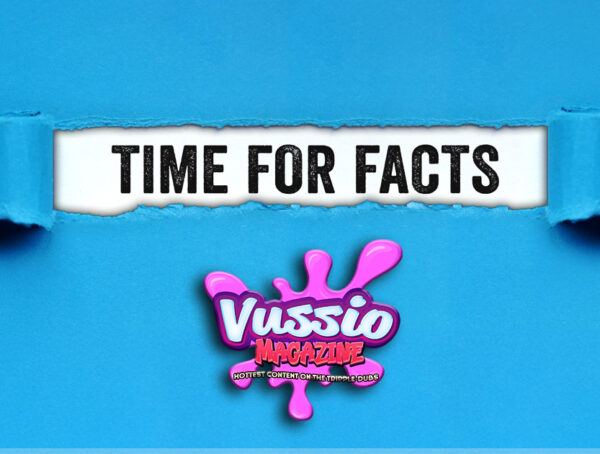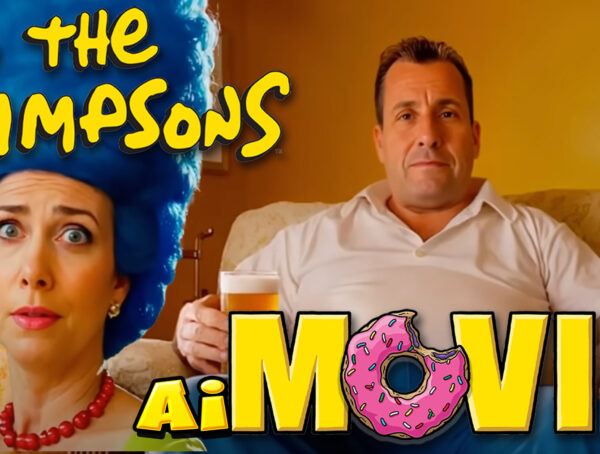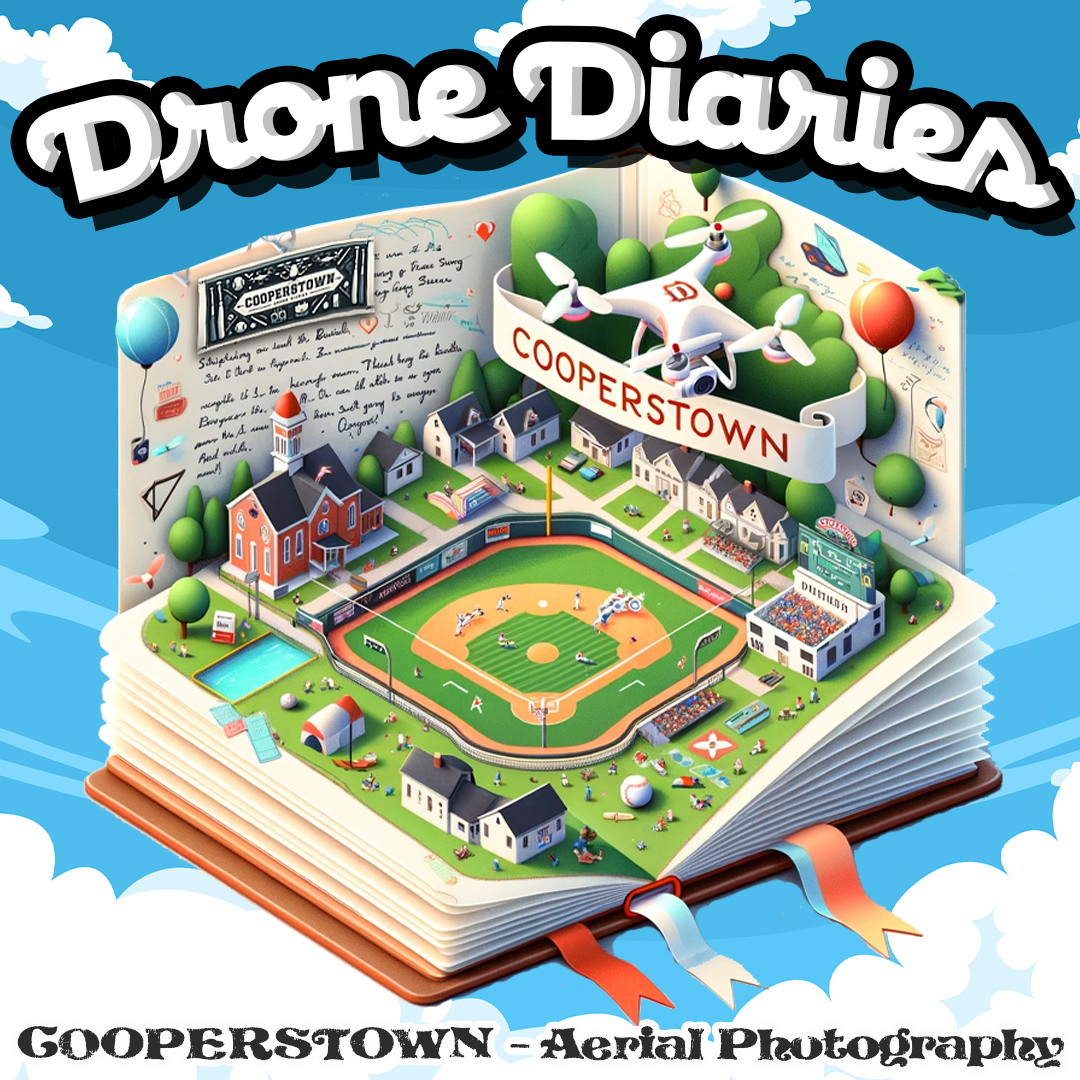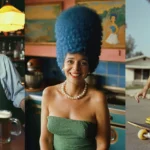Peter Pan: The Eternal Boy and the Symbolism of Stagnation and Potential
What if I told you Peter Pan isn’t just a charming character from a beloved children’s story, but a profound psychological symbol? His refusal to grow up resonates with something deep within us—a longing to escape responsibility, to avoid the struggles of adulthood, and to remain forever in a state of limitless potential. Psychologist Carl Jung referred to this idea as the Puer Aeternus, or the eternal child, and Peter Pan embodies it perfectly.

Neverland isn’t just a magical place; it’s the ultimate safe space. A world where time stands still, adulthood is avoided, and imagination runs wild and unchecked. But here’s the problem: you don’t get to stay there forever. Life demands you grow up, put on your pants, and deal with the ticking clock of time, no matter how much pixie dust you snort. That’s what makes Peter Pan such a compelling and tragic figure. He’s the Id in Freudian terms, a walking symbol of instant gratification, shirking pain and responsibility like it’s his job. Jung would probably say Peter is stuck at step one of individuation, avoiding the real work of becoming a complete, mature human being. And let’s be honest, isn’t that the struggle we all face?
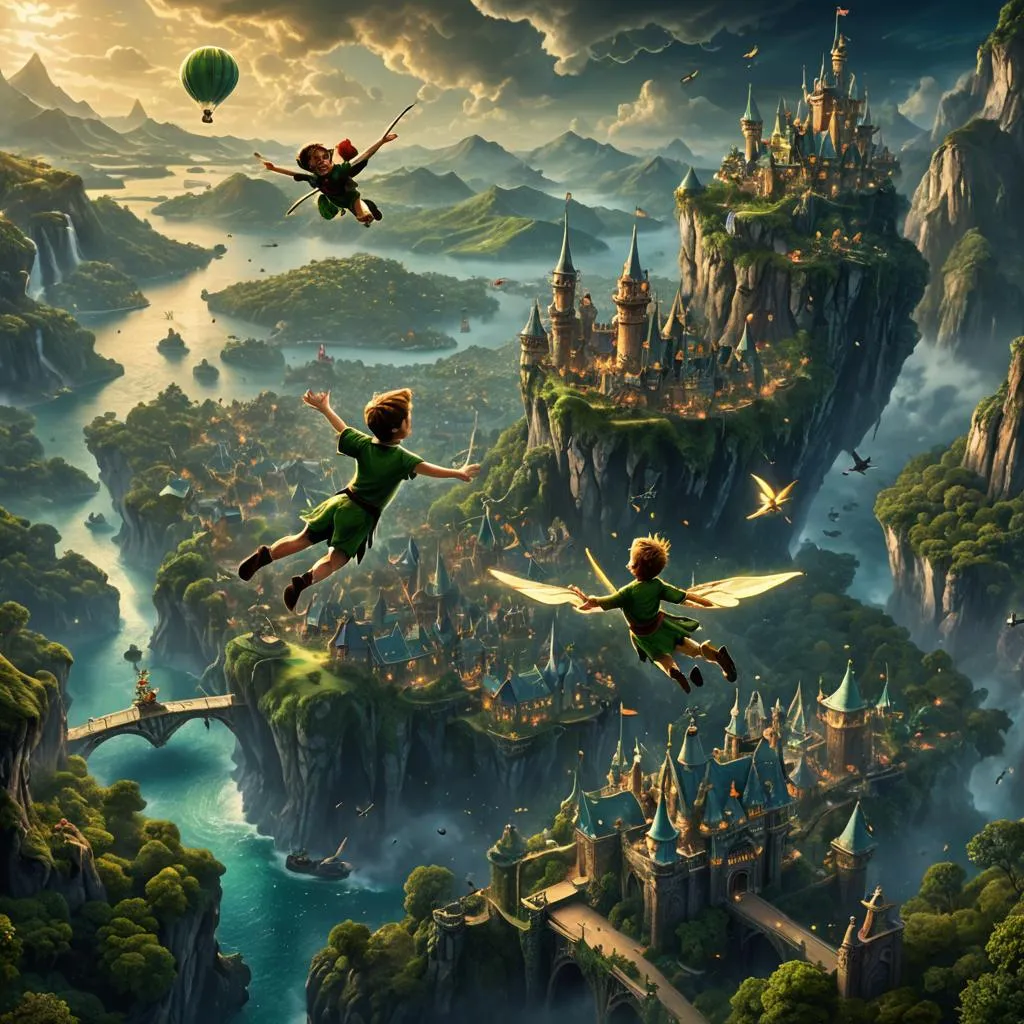
But here’s the lesson: Peter Pan isn’t entirely wrong. The eternal child holds the capacity for wonder, creativity, and hope. Yet, to remain in Neverland is to squander potential, to live half a life. True maturity demands we integrate the child’s spark of imagination with the adult’s capacity for responsibility and sacrifice. We are called to step into the unknown, confront the shadowy fears of growth, and shoulder the burdens that make life meaningful. Only in this union can we become fully realized, stepping out of the fantasy of Neverland and into the richness of the real.
The Archetype of Peter Pan: Eternal Childhood
Peter Pan is the archetype of the eternal child, the Puer Aeternus, a figure who embodies boundless potential and unrestrained imagination. Childhood is a period of infinite possibilities, a time when the future is a canvas yet untouched. Peter lives perpetually in this state, unburdened by responsibility, existing in a world where the constraints of time and consequence are suspended. But this eternal childhood is a double-edged sword. While it symbolizes freedom and creativity, it also reflects an unwillingness to grow, to confront the sacrifices and challenges necessary for maturity. This duality presents a poignant commentary on the human experience, highlighting the tension between the desire for freedom and the inevitability of adult responsibilities. Just as Peter Pan flits through never-ending adventures, refusing to embrace the realities of life, one can draw parallels to the notion of ‘Jesus Christ as an illusionist,’ where the miraculous and enchanting aspects of existence can obscure the deeper truths of suffering and sacrifice. In this way, Peter’s relentless pursuit of an unchangeable childhood invites both admiration and criticism, as it ultimately serves as a reminder of the profound choices that shape our journeys into adulthood.
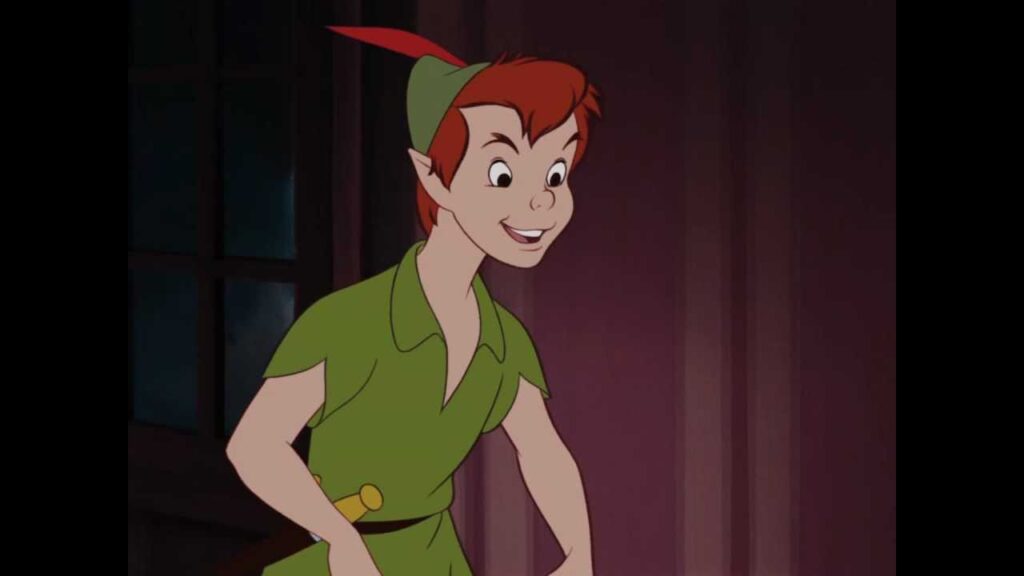
The refusal to grow up, to remain in a state of perpetual potential, comes at a cost. Jung would argue that Peter Pan represents a failure to confront the Shadow, the darker, unintegrated parts of the psyche, while Freud might see him as the unchecked Id, indulging in pleasure and avoiding the pain of reality. Peter’s battle with Captain Hook captures this tension. Hook, chained to the clock, symbolizes the inevitability of time, while Peter, untouched by it, clings to the safety of immaturity. Both are trapped, incomplete, and unable to reconcile growth with the realities of life.
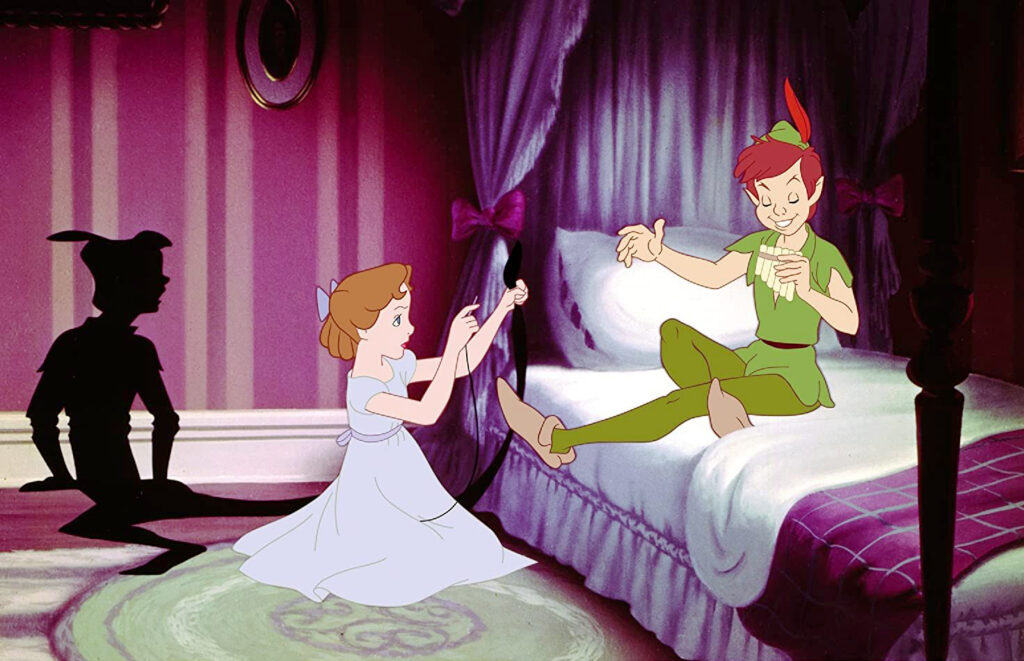
The lesson, then, is clear. There is value in retaining the child’s capacity for wonder and imagination, but it must be tempered by the adult’s courage to face responsibility and the unknown. To remain in Neverland is to reject the fullness of life, to squander potential by refusing to bring it into being. Growth requires sacrifice and willingness to leave the safety of childhood behind and venture into the complexity of the real world. Only by confronting this can we achieve true individuation and realize who we are meant to become.
Neverland: The Domain of Escape
Peter Pan resides in Neverland, a realm outside time and space where the rules of reality are suspended. Neverland represents the archetypal domain of escapism, a place where one can flee from the demands of time, mortality, and consequence. It’s a seductive notion, isn’t it? To inhabit a world where the burdens of existence are cast aside, where freedom reigns unchecked. But such a place, while enchanting, is ultimately a denial of reality. It’s the refuge of the unformed personality, a sanctuary for those who refuse to face the challenges that define growth and maturity.
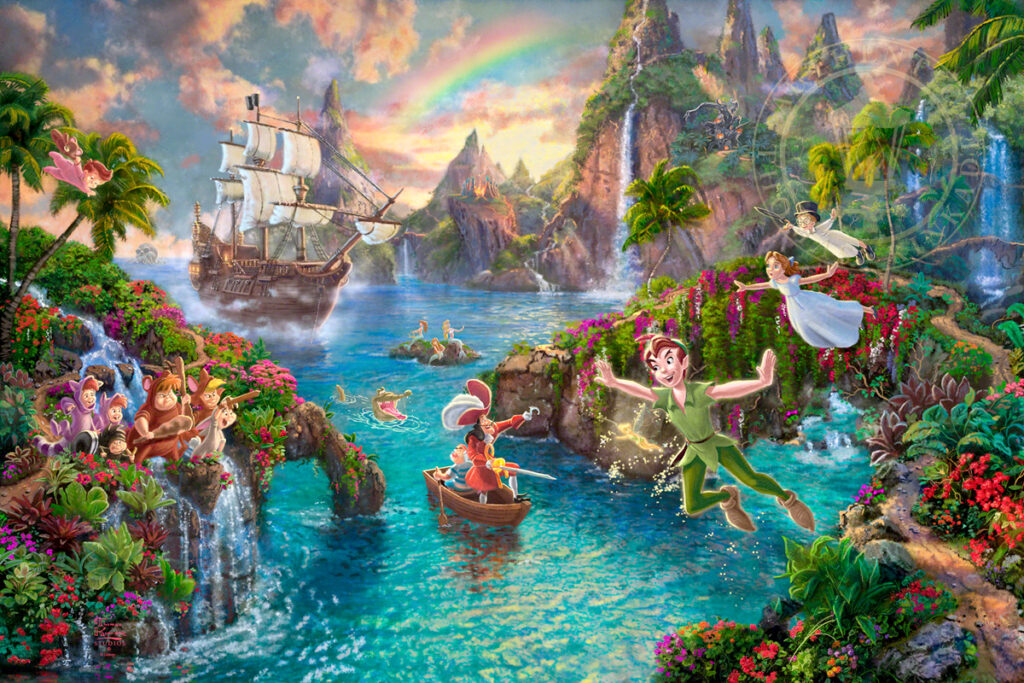
Neverland isn’t the paradise it’s made out to be—it’s a prison disguised as freedom. It’s a world where the allure of endless potential replaces the courage to grow and take on responsibility. But no matter how you frame it, Peter Pan and his Lost Boys aren’t living an enviable life, they’re stuck. It’s not an escape; it’s a dead end, and there’s nothing heroic about staying there. True freedom only comes when we step out of fantasy and into reality.
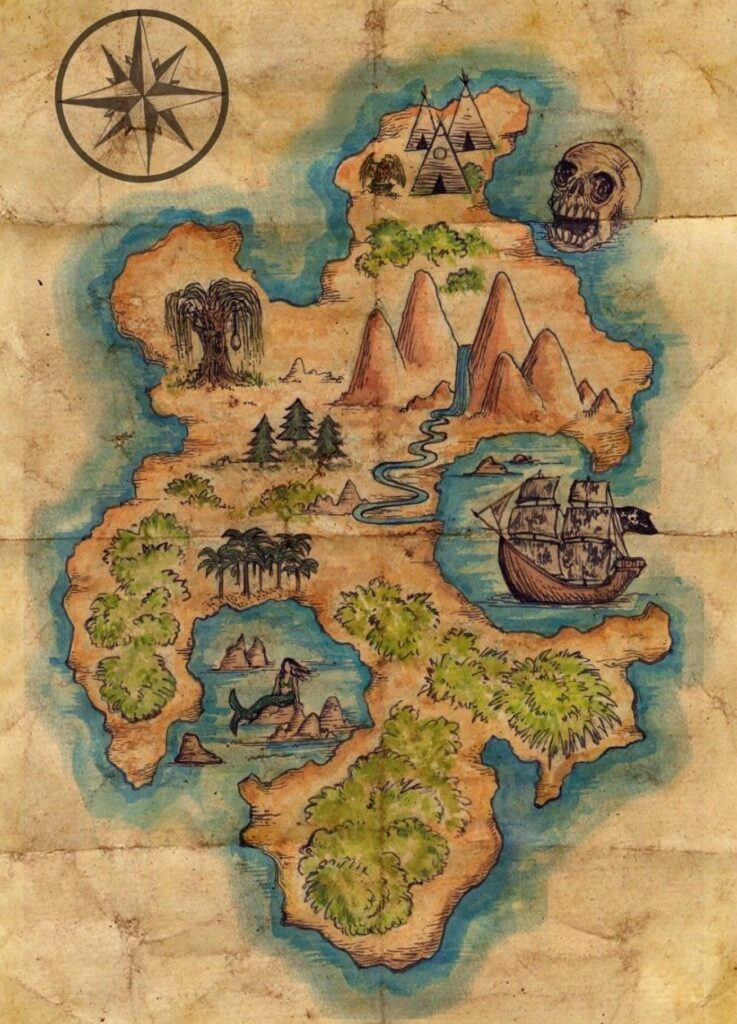
The lesson of Neverland is painfully clear: escapism can be a momentary refuge, but it’s no way to live. Sure, it’s tempting to stay in a world where there’s no time, no responsibility, and no sacrifices to make. But Neverland isn’t freedom; it’s stagnation. So, here’s the truth: staying in Neverland means forfeiting the richness of the real world. The real adventure, the one with purpose and meaning, begins when you confront reality, shoulder responsibility, and leave the fantasy behind. It’s not easy, but it’s the only way to grow.
The Lost Boys and the Absence of Fatherhood
The Lost Boys, Peter’s companions, are more than just playful children; they symbolize the formless potential of Neverland made manifest. These boys lack guidance, structure, and most importantly, a father figure. Without that essential scaffolding of responsible leadership, they remain adrift, trapped in a perpetual state of immaturity. They are lost in every sense, embodying the chaos that arises in the absence of the order necessary for growth. The father, as an archetypal figure, represents authority, discipline, and the pathway to competence, all of which are missing in their world.
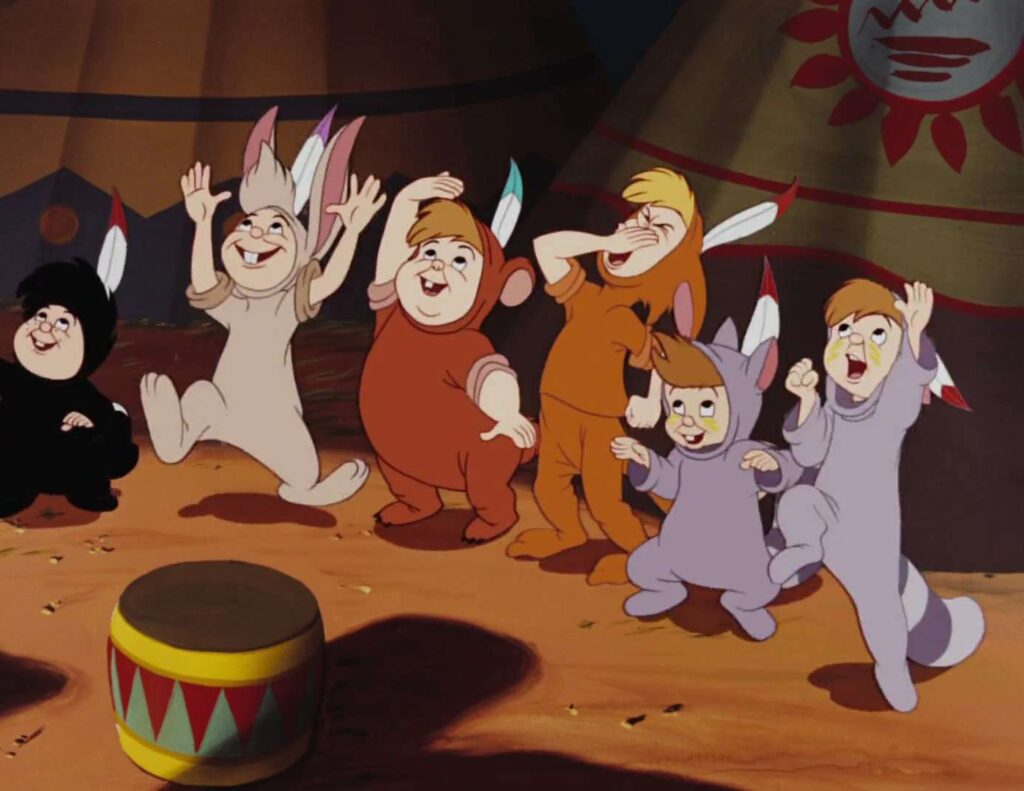
This absence is not accidental but integral to the narrative of Neverland. Without the grounding influence of a father, the Lost Boys cannot move beyond their childlike state. They exist in a realm of pure potential, but potential without direction is stagnation. Jung might call this a failure to individuate—a refusal to integrate the masculine principle that fosters growth and stability. Freud, too, would see the absence of a father as a disruption of the Oedipal process, leaving the psyche incomplete and unable to fully mature. The boys mirror Peter’s refusal to grow up, caught in the same cycle of avoidance and dependency.
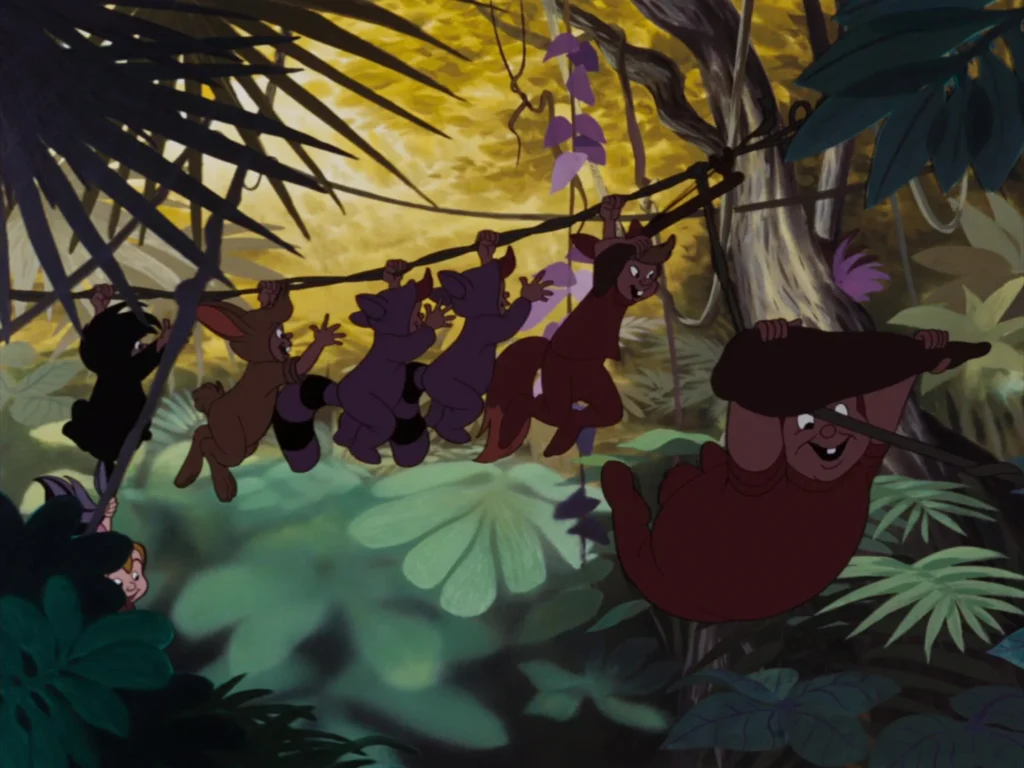
The story of the Lost Boys offers a powerful lesson: leadership and structure are indispensable for development. While creativity and freedom are vital, they must be balanced by the discipline and responsibility that a father figure provides. Without this, potential remains unrealized, and life becomes a chaotic drift. To mature, one must embrace guidance, internalize discipline, and move forward with intention, leaving behind the aimlessness of Neverland.
Captain Hook: The Tyranny of Adulthood
Captain Hook isn’t just a guy with a hook for a hand and a grudge against Peter Pan. He’s the embodiment of what happens when adulthood goes off the rails. He’s a warning about the dangers of letting the weight of life consume you. In Jungian terms, Hook represents the shadow self, which are the parts of us we suppress and disown. He’s not just an adult who’s taken on responsibility; he’s a man embittered by it, so focused on the ticking clock of time and the inevitability of death that he’s lost any sense of joy or purpose.
The ticking crocodile is not just a clever bit of storytelling, it’s a symbol of Freud’s death drive, a constant reminder of mortality and irrelevance. Hook’s obsession with it is a cautionary tale: when you become so consumed by fear of the end and so tethered to control and power, you lose the very thing that makes life worth living. Captain Hook isn’t a symbol of adulthood done right. He’s a tragic example of what happens when responsibility becomes bitterness and life becomes nothing more than a countdown.
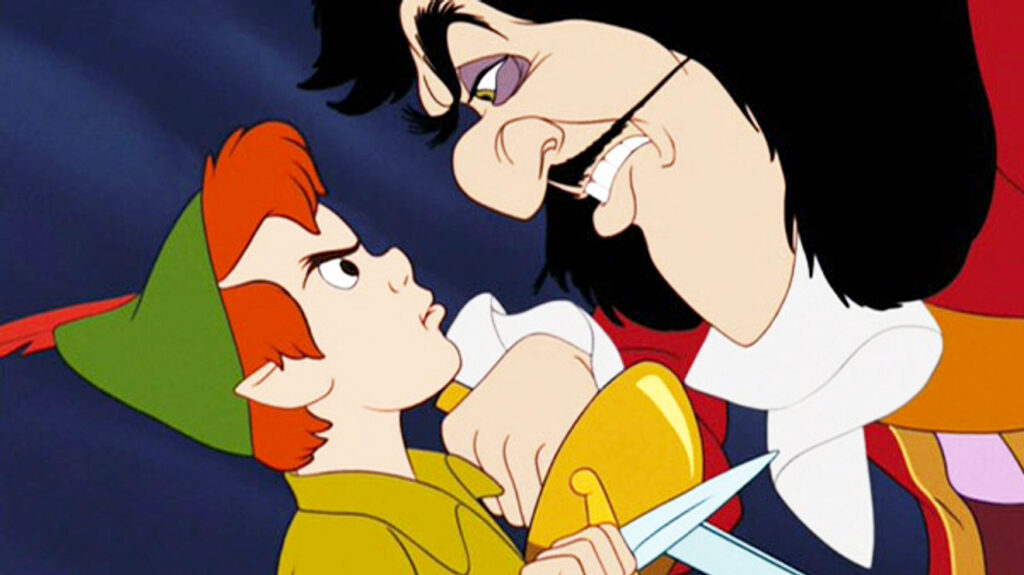
The critical lesson here, and this cannot be overstated, is that adulthood itself isn’t tyrannical. Responsibility is not the enemy. Wuite oppositely it’s the very thing that gives life its structure and meaning. Without discipline and structure, there’s no foundation for growth or purpose. But Captain Hook is the cautionary tale of what happens when responsibility becomes all-consuming, and control snuffs out any trace of spontaneity, creativity, or joy.
Hook is a man crushed under the weight of time, paralyzed by his own fears of mortality and irrelevance. If Hook could confront his fear of the ticking clock, his bitterness toward Peter Pan, and his refusal to engage with the playful, vital parts of himself, he might find balance. He might reclaim not just authority and structure but also the freedom to live with purpose, joy, and renewal. Hook isn’t doomed because he’s an adult. He’s doomed because he’s a man who has rejected the fullness of life.
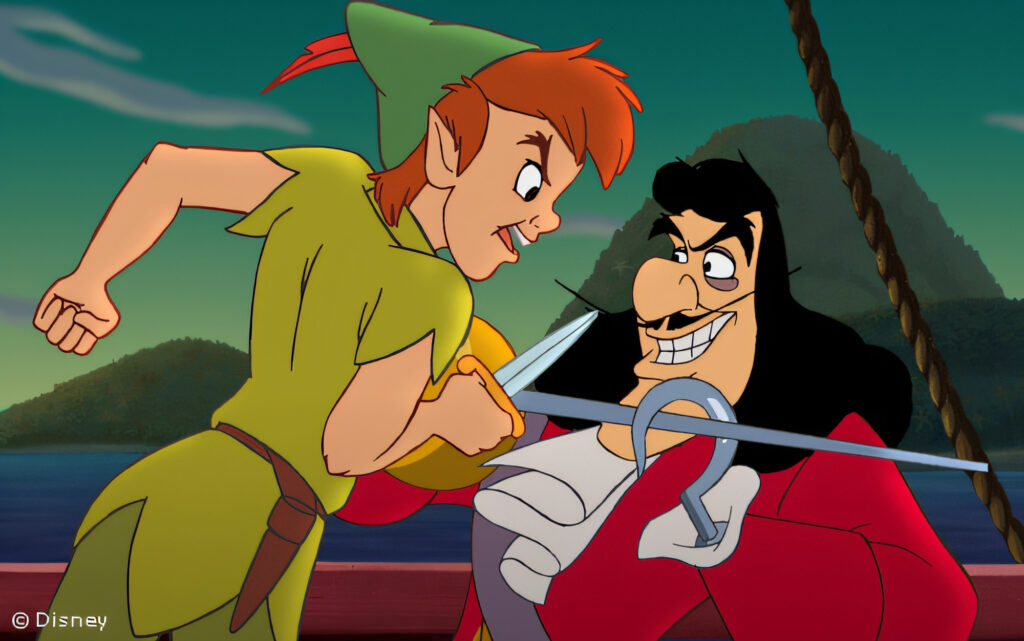
What’s at stake here, and this is where the story becomes so instructive, is the soul of adulthood itself. If we don’t integrate the Peter Pan within us—the capacity for wonder, the refusal to become entirely mechanized by responsibility—then we risk falling into Hook’s domain. And what is that domain? Bitterness, tyranny, and a life haunted by the ticking crocodile, by time slipping away with no space left for the transcendent. This is a stark warning, but also a pathway forward: to grow up properly is to unite Peter and Hook within ourselves—to carry the responsibility of the adult without forsaking the vitality of the child. And that, my friends, is a balancing act that requires constant vigilance, an integration of the chaos and order that define the human condition.
Wendy: The Mediator Between Worlds
Wendy is an archetypal figure of profound significance, a mediator between the realms of fantasy and reality, childhood and adulthood. She stands as a bridge, not as a barrier—a guide who journeys into the chaos of Neverland but resists its allure of eternal irresponsibility. This is deeply symbolic of a critical psychological transformation: the process of individuation, as Jung would call it. Wendy does not reject Neverland outright. Instead, she enters it, understands it, nurtures within it, and then consciously chooses to leave it behind. That decision embodies the tension between the child’s yearning for the comfort of unbounded imagination and the adult’s recognition of the inescapable necessity of responsibility.
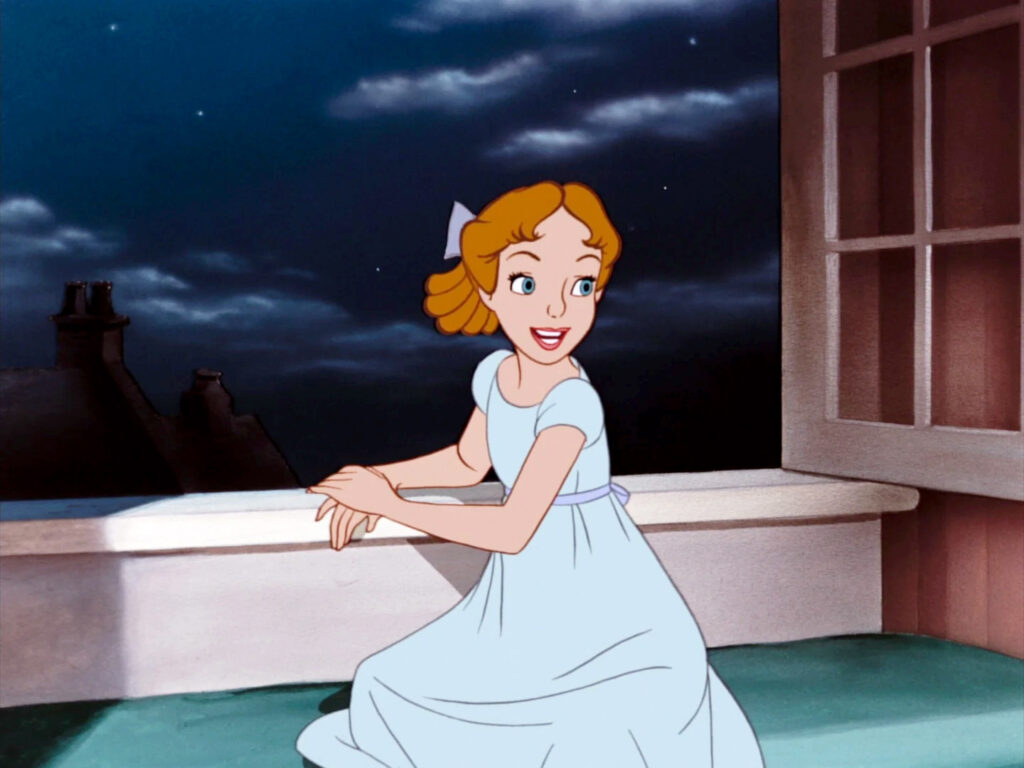
From a Freudian perspective, Wendy’s story reflects the negotiation of the superego—the moral, parental structure of the psyche. In Neverland, the Lost Boys embody the id, chaotic and impulsive, while Peter Pan himself teeters between the freedom of the id and the shadow of repressed growth. Wendy, however, assumes the role of the superego in this dynamic. She introduces order, provides care, and models the discipline required to transition toward maturity. Yet she does not impose this discipline from a position of tyranny but from a place of empathy and understanding. This dual capacity—to inhabit and mediate between two states of being—is profoundly instructive. It teaches us that transformation requires a willingness to confront the childish aspects of ourselves without being consumed by them.
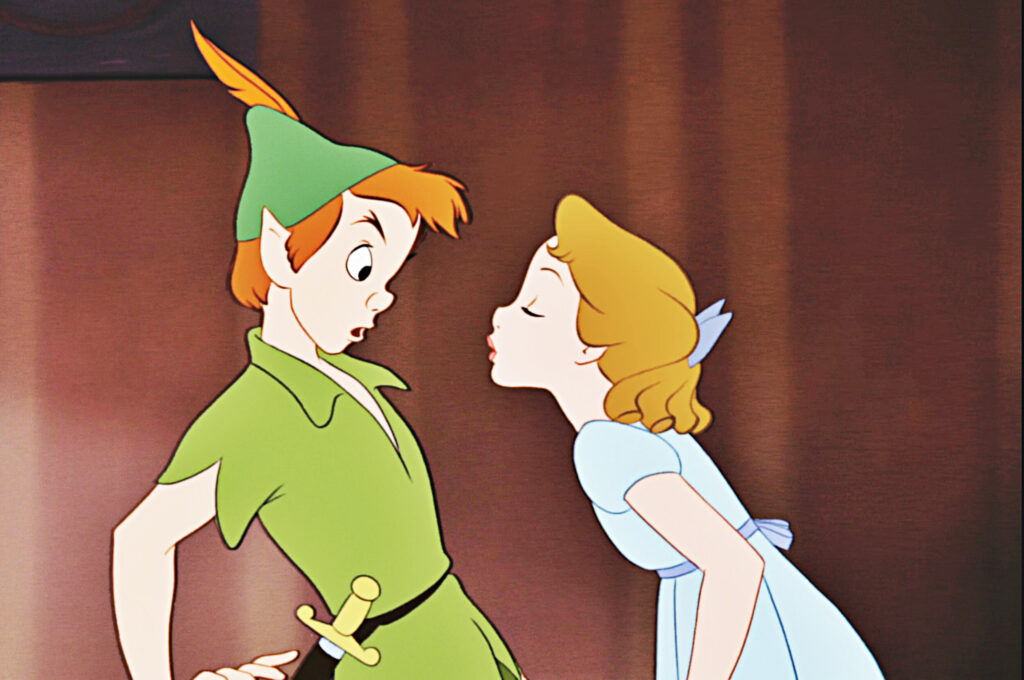
Wendy’s ultimate choice to leave Neverland is a masterclass in the power of sacrifice—what I often emphasize as the central tenet of meaning. Sacrifice is the voluntary acceptance of limitation in the service of something higher. In growing up, Wendy relinquishes the boundless but fleeting pleasures of childhood for the enduring values of family, commitment, and responsibility. This is not merely a personal triumph; it’s a symbolic act that mirrors the psychological journey we all must take. To grow, to truly individuate, we must descend into the chaos of Neverland—our fantasies, our immaturities—but we must also emerge, armed with the wisdom to create order in the real world. That’s the lesson here, and it’s one we ignore at our peril.
Tinker Bell: The Flickering Light of Desire and Devotion
Tinker Bell, the feisty fairy who accompanies Peter Pan, is far more than just a whimsical sidekick. She represents a potent archetype in the psyche—an embodiment of desire, loyalty, and the volatile nature of human emotion. Tinker Bell is luminous yet fragile, much like the flame of desire itself. Her love for Peter is unwavering, yet it’s also possessive, even destructive. This duality mirrors the complexity of our own attachments and longings, which can illuminate our paths or consume us entirely if left unchecked.
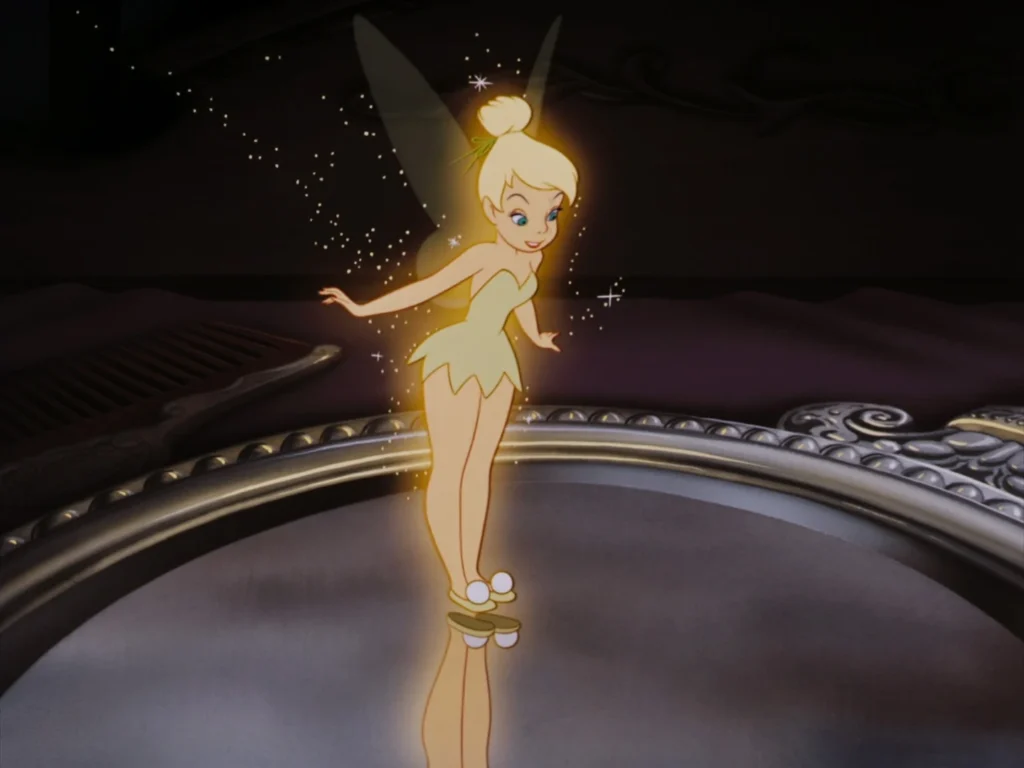
From a Jungian perspective, Tinker Bell might be seen as a manifestation of the anima, the feminine aspect within the male psyche, often characterized by intense emotion and intuition. Her fiery jealousy and capriciousness reflect the untamed energy of this archetype, which must be integrated for the psyche to achieve balance. Freud, on the other hand, might interpret her as an expression of the libido, the life force driven by desire and instinct. Tinker Bell’s devotion to Peter, while selfless in some moments, is also a reminder of how our desires can tether us to illusions—fantasies that may prevent us from engaging fully with reality. Her light flickers brighter in moments of passion and fades when ignored, a poignant metaphor for how our emotional drives demand attention and balance. In this light, Tinker Bell embodies the struggle between desire and reality, showcasing the complexities of human emotions as they weave through love and jealousy. The art of illusion explained becomes apparent as she dances between the realms of fantasy and the harsh truths of existence, revealing that our dreams can both uplift and ensnare us. Ultimately, Tinker Bell serves as a powerful reminder that embracing our inner depths, alongside the shadows of passionate longing, is essential for fostering true connection and authenticity in our lives.
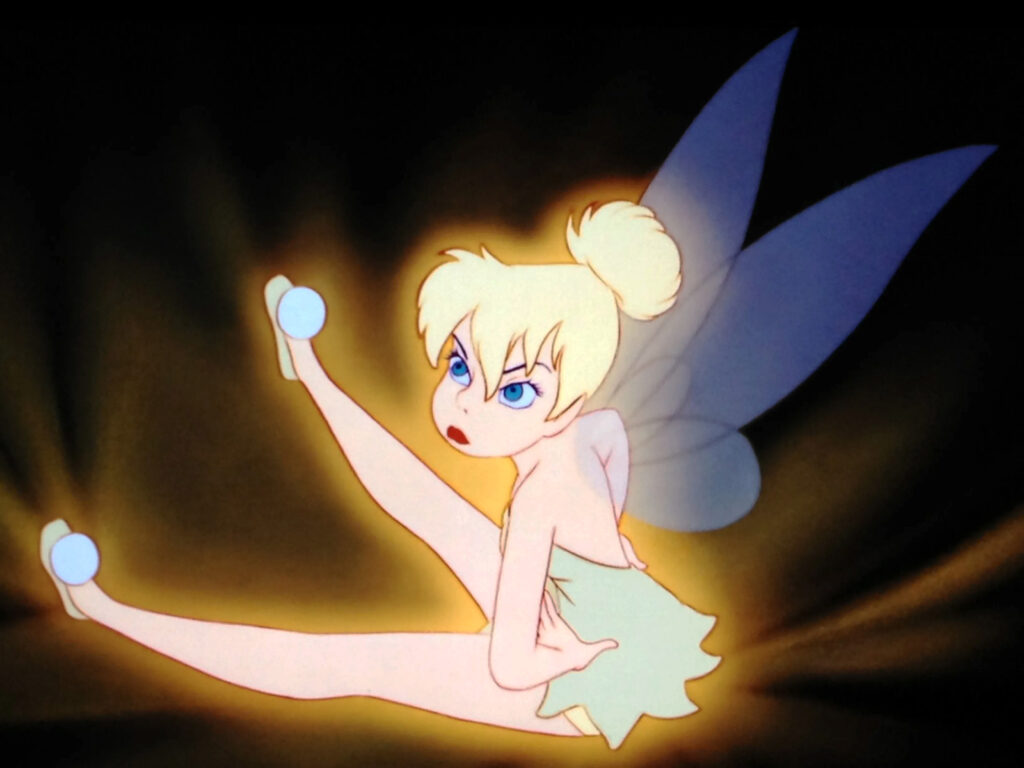
What Tinker Bell teaches us, then, is the necessity of acknowledging and integrating our desires without being ruled by them. Her vitality and spark are essential to Peter’s world, just as passion and creativity are essential to ours. But left unchecked, her possessiveness would disrupt the harmony of Neverland. To grow, we must, like Peter, learn to honor the light she brings without succumbing to its whims. This balance, once achieved, allows desire to fuel rather than derail our journey toward maturity and meaning.
The Crocodile: Time, Mortality, and the Price of Avoidance
The crocodile that stalks Captain Hook, with its relentless ticking, is one of the most haunting symbols in the tale of Peter Pan. It is not merely a physical threat but an archetypal representation of time and mortality. Its steady ticking serves as an ever-present reminder that no one can escape the passage of time or the inevitability of death. Hook’s terror in the face of the crocodile reveals his inability to reconcile with this universal truth, making him a tragic figure—a man consumed by the fear of what he cannot control.
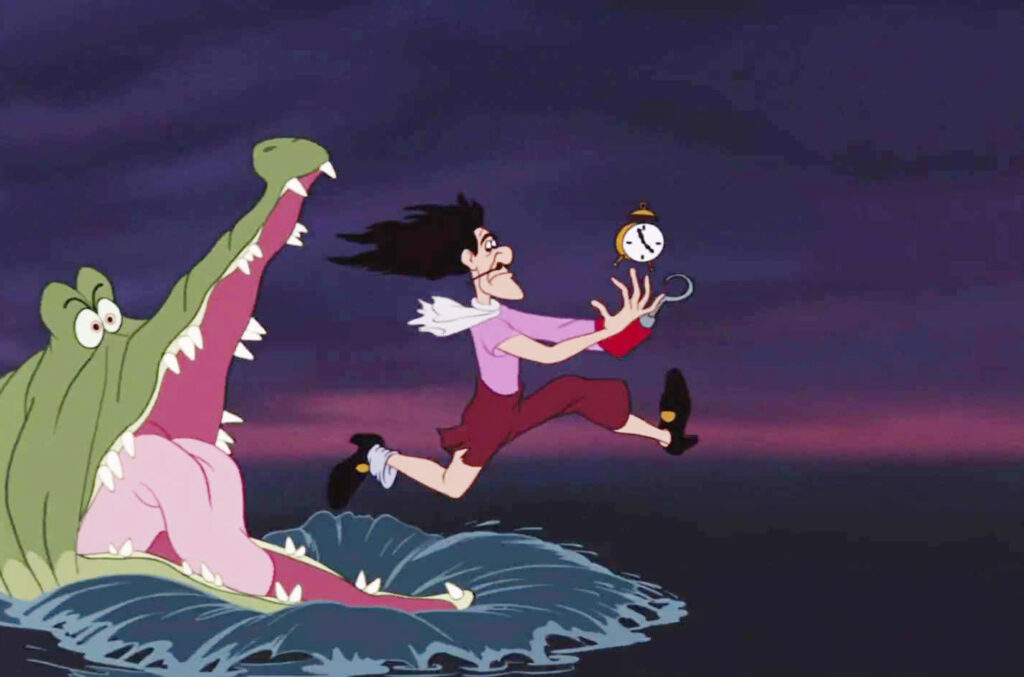
From a Jungian perspective, the crocodile represents the shadow of time, the unconscious force that propels us toward growth yet simultaneously reminds us of our limitations. Time, like the crocodile, devours everything in its path, and Hook’s fixation on it renders him paralyzed—caught in a loop of fear and denial. Freud might see the crocodile as the embodiment of the death drive (Thanatos), the part of the psyche that grapples with the inevitability of life’s end. Hook’s obsession with avoiding the crocodile mirrors our own tendencies to evade thoughts of mortality, distracting ourselves with power, control, or escapism.
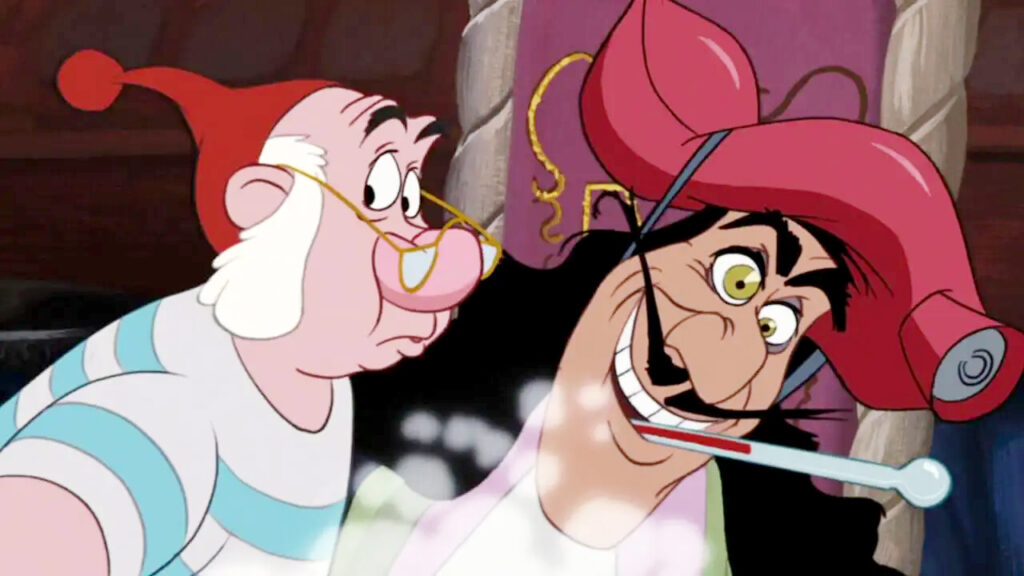
But the crocodile offers a lesson, albeit a difficult one. To live fully, we must confront the ticking clock, embracing the transient nature of existence rather than fleeing from it. Unlike Hook, who becomes a prisoner of his fear, we have the capacity to make peace with time, using its constraints to guide us toward meaningful action and intentional living. The crocodile, then, is not merely a predator but a teacher, urging us to grow up, accept our limitations, and find purpose in the fleeting moments we are given. Only by acknowledging its presence can we escape the tyranny of avoidance and step into a life of courage and fulfillment. This lesson resonates not only in our personal journeys but also echoes through the dark themes of Pinocchio’s story, where the consequences of evasion and denial shape one’s destiny. Just as Pinocchio learns that authenticity is forged through challenges and self-realization, we too must embrace the uncomfortable truths of our lives, allowing them to sharpen our understanding of what truly matters. In this acceptance lies the potential for transformation, as we leverage our struggles into stepping stones toward a more genuine, fulfilling existence.
The Moral of the Story: Growth Through Sacrifice
Ah, yes, the moral of the story: growth through sacrifice. It’s an archetypal narrative embedded deep within the human psyche, and we find its echoes across cultures and mythologies. Peter Pan represents, fundamentally, the spirit of potential—the refusal to commit, the avoidance of responsibility. He is the eternal child, the puer aeternus, as Carl Jung might say. But that endless playfulness, that refusal to grow, is no idyll. It’s a trap. Because while Peter soars above the world, unbounded and unburdened, he also remains untethered—forever isolated from the grounded richness of life and the intimacy of meaningful relationships.

Freud might have a thing or two to say about this as well. In his framework, this reluctance to grow could represent a fixation—an inability to progress through the developmental stages of life. Peter Pan remains in a fantasy world because the real world, with its demands and constraints, feels too threatening to confront. But here’s the irony: by refusing the sacrifices required for maturation, one sacrifices something far greater—the opportunity to become a fully realized individual. Sacrifice is inevitable, you see. You either sacrifice the fleeting pleasures of immaturity, or you sacrifice the enduring fulfillment that comes from embracing responsibility. One path leads to meaning; the other leads to stagnation.

Now, Captain Hook, that’s the other extreme. Hook is a man consumed by time—by its inexorable march toward death. He’s rigid, embittered, tyrannical. He’s forgotten the vitality of play, the spontaneity of living. This is a man who has sacrificed too much—his connection to the archetype of the child, the part of the psyche that allows us to dream and imagine. The lesson here, if we’re paying attention, is that growth requires balance. You must integrate the child and the adult within you. You must accept the sacrifices of maturity, yes, but you must also retain the wonder and curiosity of the child. It’s a precarious dance, but it’s the only way to live a life that’s both meaningful and alive.
Conclusion: Finding Your Way Out of Neverland
Finding your way out of Neverland is no small task, I assure you, and it requires a deep reckoning with yourself—your desires, your fears, and your responsibilities. Peter Pan represents a profound psychological archetype: the child who refuses to grow up, clinging to the fantastical allure of eternal youth and limitless potential. But this refusal, seductive though it may be, comes at a tremendous cost. It’s a refusal to engage with the reality of life, with its hardships and constraints, but also its opportunities for profound meaning. Carl Jung spoke of the process of individuation—the integration of the self, which necessarily includes facing the shadow. In Neverland, the shadow looms large, manifesting in Captain Hook, the embodiment of fear, mortality, and the passage of time. To leave Neverland is to confront this shadow, to face the inevitability of death and the responsibility of life.
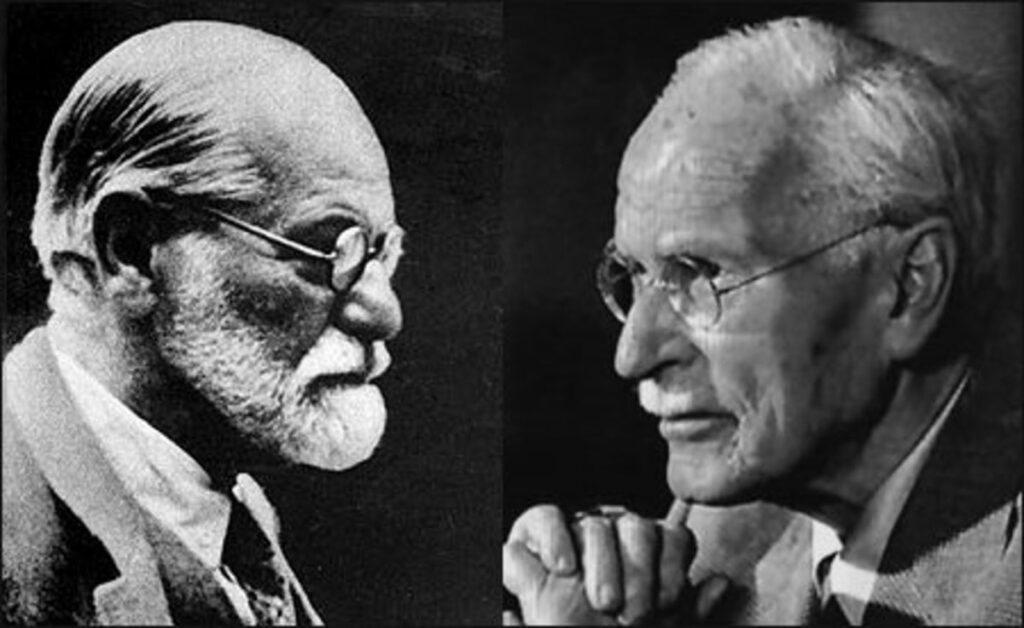
Carl Jung and Sigmund Freud
Sigmund Freud, too, offers us insight here, particularly in his concept of the reality principle. The child lives in the domain of the pleasure principle, seeking immediate gratification and avoiding pain at all costs. But maturity demands the acceptance of the reality principle: the understanding that fulfillment often requires discipline, delay, and sacrifice. To stay in Neverland is to remain ensnared in the pleasure principle, refusing to enter the domain of structured reality. And yet, paradoxically, it is in this structure that freedom is found—the freedom to create, to build, to love, and to leave a legacy. This is why the journey out of Neverland is not merely a personal one but a societal imperative. A society filled with Peter Pans, unwilling to take on the burden of responsibility, cannot sustain itself. It collapses under the weight of its own whimsy.
What, then, is the way forward? It is to embrace the archetypal hero’s journey, to leave the innocence of childhood behind and enter the transformative chaos of the unknown. This is not to discard the child within you—that spark of wonder and creativity must be preserved—but to integrate it with the wisdom and discipline of adulthood. To grow up is to shoulder the burden of responsibility, yes, but it is also to unlock the profound joy and meaning that come from commitment, sacrifice, and the realization of potential. This is the path of individuation, the path that Jung so eloquently described, and it is the path that leads not just out of Neverland but into the fullness of life.
More from Featured
Truth Is Stranger Than Fiction: These 6 Facts Prove It
Interesting facts are like a secret backdoor. They let you see the world in ways most people never notice. Occasionally, …
The Real-Life Simpsons: A Bold Reimagining Hits Theaters in 2025
https://www.youtube.com/watch?v=GUWxoP1pmis The upcoming 2025 release of The Real-Life Simpsons may be the most absurdly ambitious gamble Hollywood has taken to date. …
The Real Cost of Participation Trophies: How We Raised a Generation of Entitled Adults
It’s the age-old story of the participation trophy, that shiny piece of plastic designed to placate little Timmy after his …









